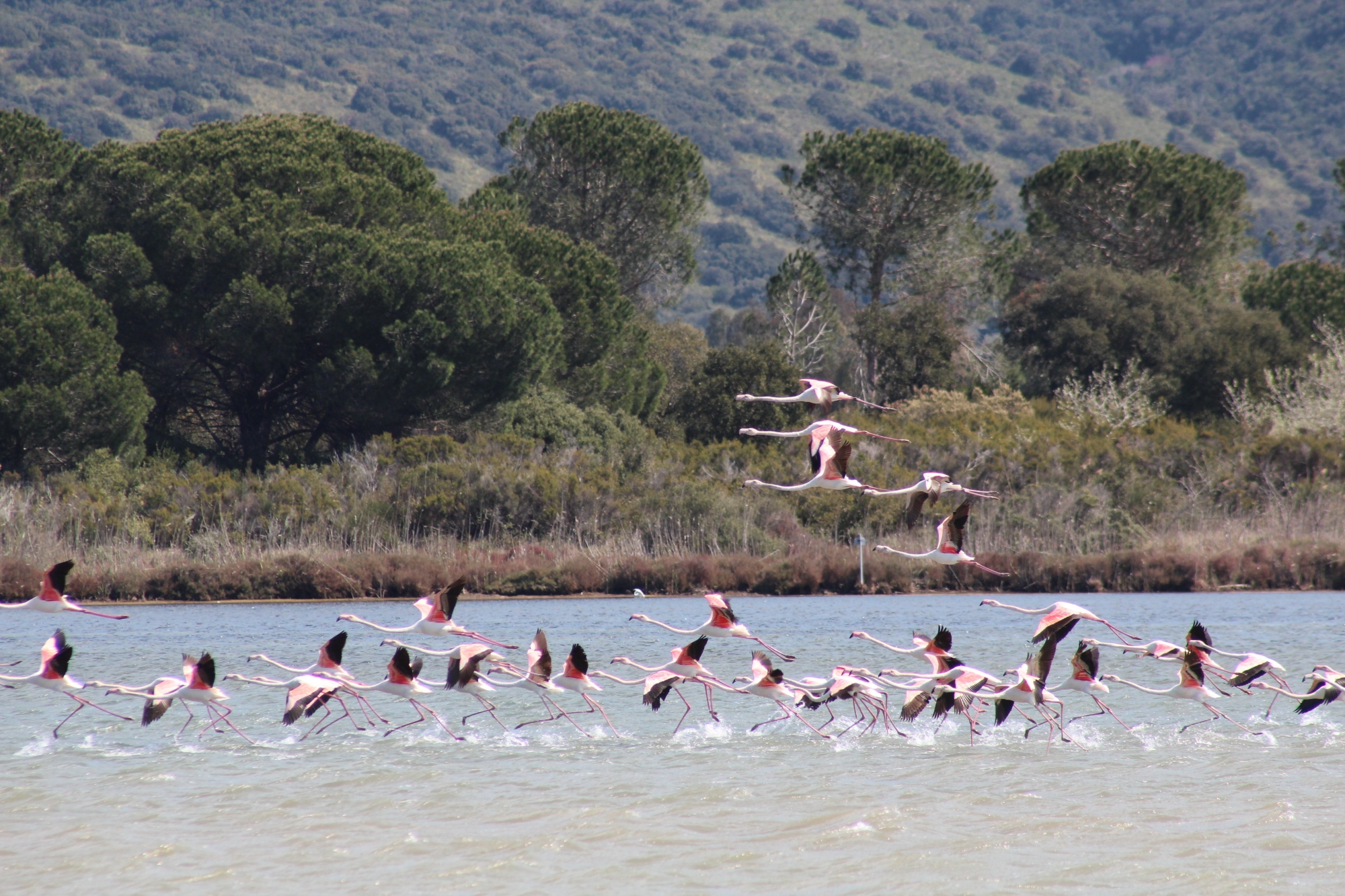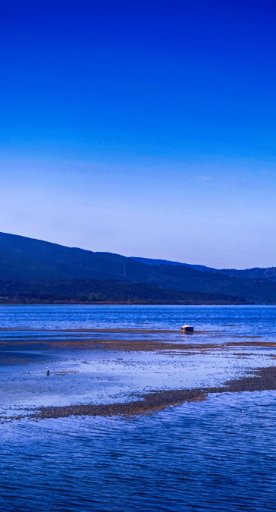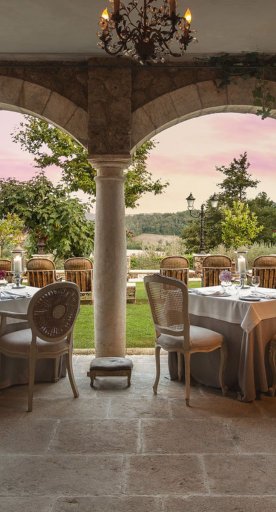

The best places for birdwatching in Tuscany
Wetlands, forests, coastal areas and islands: where to watch resident and migratory birds
Tuscany is a privileged place for birdwatching; in addition to having resident species (which do not migrate), it is an important wintering and stopover site along the migratory route.
From coastal wetlands to the summit of Mount Amiata, we take you, binoculars in hand, to discover protected areas ideal for birdwatching.
-
1.Versilia
-
2.From the Fucecchio Marshes to Mount Amiata
-
3.Maremma
-
4.Tuscan Archipelago
Versilia


Massaciuccoli Lake is one of the best places for those interested in birds, with a 120-year long tradition of birdwatching. There are nearly 300 species catalogued in the area, which is protected as a nature reserve and welcomes many birds passing through every season.
At the beginning of the winter season, the great crested grebe and the great cormorant indulge their predatory instincts as they dive into the waters to hunt tenches and flathead grey mullets. Grey herons, little egrets, great white egrets, cattle egrets and common snipes instead populate the marsh and the reeds. Then, when the winter arrives, black-tailed godwits and garganeys make their home here.
Come spring, ducks on their way north start to appear. After them, it’s herons and Eurasian bitterns, a very rare type of heron that boasts its largest population in Italy right here at Massaciuccoli. Also worth seeing are the majestic stride of the black-winged stilt and the fearless dive of the osprey as they await their mass migration southward in the autumn.
From the Fucecchio Marshes to Mount Amiata

Heading inland we find the Fucecchio Marshes, the most important area in Tuscany for the number of waterfowl that winter there. More than 200 species of birds, from herons to cranes and black storks, can be observed here throughout the year.
From Fucecchio we travel towards the Amiata mountains. In this area, the ancient volcano has given life to woods and fields, usual places of observation for many birds of prey, including the merlin, cuckoo hawk and even the red kite.
And speaking of raptors, those who want to observe the extremely rare lanner falcon should instead go to the Roccalbegna area, to the Capra Matilda oasis and the Bosco dei Rocconi, where among ancient trees and canyons the raptor goes to nest.
Maremma

Maremma also has various wetlands. One of the most important migration routes passes through the Orbetello Lagoon, where image hunters can observe the European golden plover, greater white-fronted goose, glossy ibis and, most importantly, the crane and flamingo. Near Castiglione della Pescaia, an ancient lake, known even to the Etruscans and today a marsh called the Diaccia Botrona Nature Reserve – is home to wild geese, more cranes, hen harriers, western yellow wagtails and lesser black-backed gulls.
The Lago di Burano Nature Reserve, near Capalbio, receives visits from mallards, Eurasian teals, widgeons, Eurasian coots, great white egrets and western marsh harriers.
Tuscan Archipelago

Lastly, we can’t talk about birdwatching without mentioning the Tuscan Archipelago, which represents for birds a sort of bridge in the sea during their long flight south. By stopping on the islands, they avoid traveling long stretches over the open sea and, at the same time, they take advantage of the thermal columns from the land below.
All the islands are important places of passage. On Elba, every year the Tuscan Ornithological Centre monitors the migration of birds of prey from the peaks of Monte Serra. On Capraia, the Stagnone, a basin of seasonal water, is an obligatory stop for many migratory species, including the wagtail and heron, just like the island of Giannutri, where yellow-legged gulls nest in large numbers.


















































